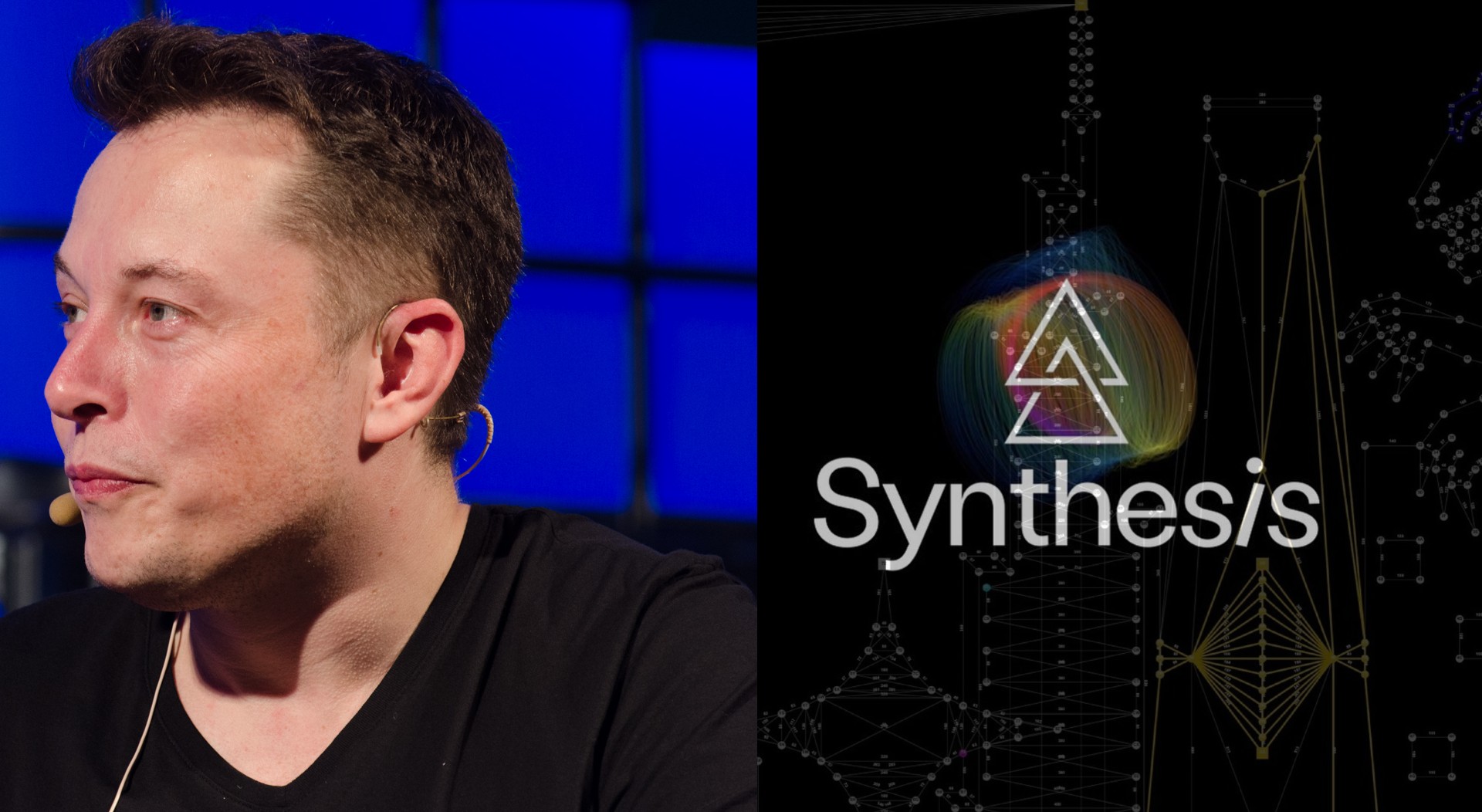
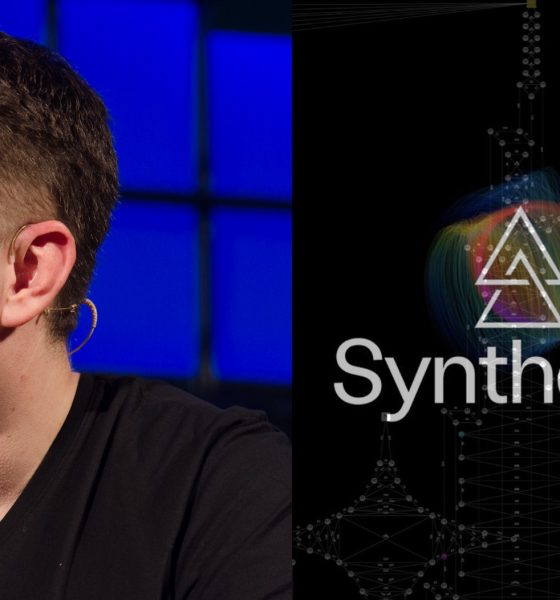
News
Elon Musk’s SpaceX lab school principles now molding young innovators around the world
The advent of COVID has brought about a myriad of problems in the world to the forefront, including hard-to-swallow realizations about the systems that surround, forge, and often dictate human society. Education was among these systems affected by the global pandemic.
As students moved their learning experiences from the classroom into their living rooms, it became evident that the traditional education system was not equipped to mold young minds in the middle of a pandemic. At the same time, however, the coronavirus’s effect on schools and learning highlighted some issues that have been plaguing the educational sector for some time.
Some parents, teachers, and other advocates of learning have taken the time the pandemic has afforded us to try and fix some of the fundamental issues that have surfaced in traditional education systems across the globe throughout the years, prior to COVID.
Synthesis School has taken a different route.
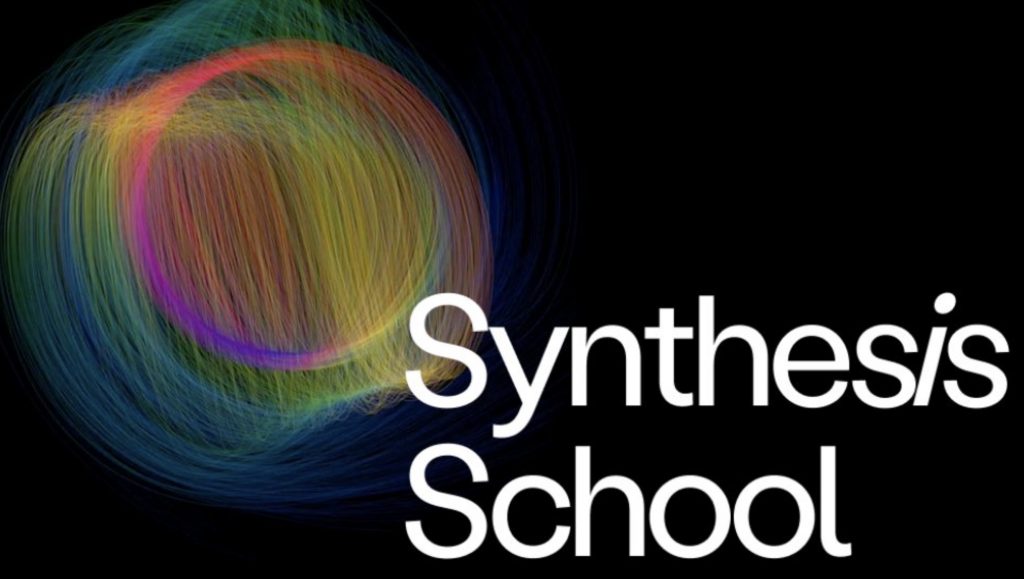
Led by Josh Dahn (Cofounder & Creative Director), Chrisman Frank (Cofounder & CEO), and Ana Fabrega (Chief Evangelist), Synthesis School seems to get to the root of learning and education by teaching kids and young adults fundamental problem-solving skills through a medium that comes naturally to them: games.
“Synthesis school has taken the games that were played at Ad Astra campus, at the lab school of SpaceX. We’ve taken those games and we’ve scaled them up to offer to kids all around the world. The particular focus of them has to do with teaching bigger concepts like game theory, collaboration, Network Effect. What it’s like to work in a teams, strategy…,” Jessica Bogart, a Synthesis School facilitator, told Teslarati.
Bogart left the entertainment industry after two decades to join Synthesis School as a facilitator. She sat down with Teslarati and explained the schematics of each class and how it helped enrich and cultivate young minds to face the everyday problems that life will throw at them.
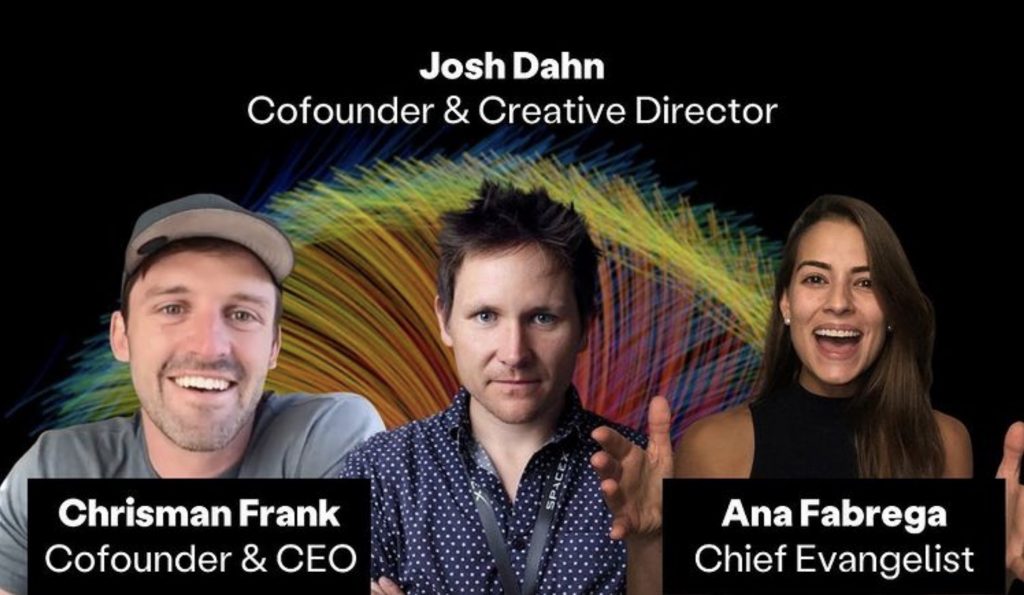
Elon Musk’s educational principles from Ad Astra – the SpaceX lab school he created for his sons with the help of Josh Dahn—make up the core of Synthesis School. Musk described the two core principles of Ad Astra years ago as: 1) Ditch the assembly line model, no grade levels and 2) Problem-focused, not tool-focused.
At Synthesis, about 18-20 kids are put into groups called cohorts. Each group has one facilitator. Bogart explained that facilitators don’t lecture to their cohorts, like teachers do in a classroom.
A typical meeting starts with the cohorts logging into one of Synthesis School’s games and a Zoom call. The facilitator does not give them instructions about the game. Each cohort is given time to explore and learn the schematics of the game on their own.
After they have explored, the cohorts talk to each other to learn information that others might have found about the game. Then the cohorts are broken down into several groups and must navigate the game together to complete a given objective.
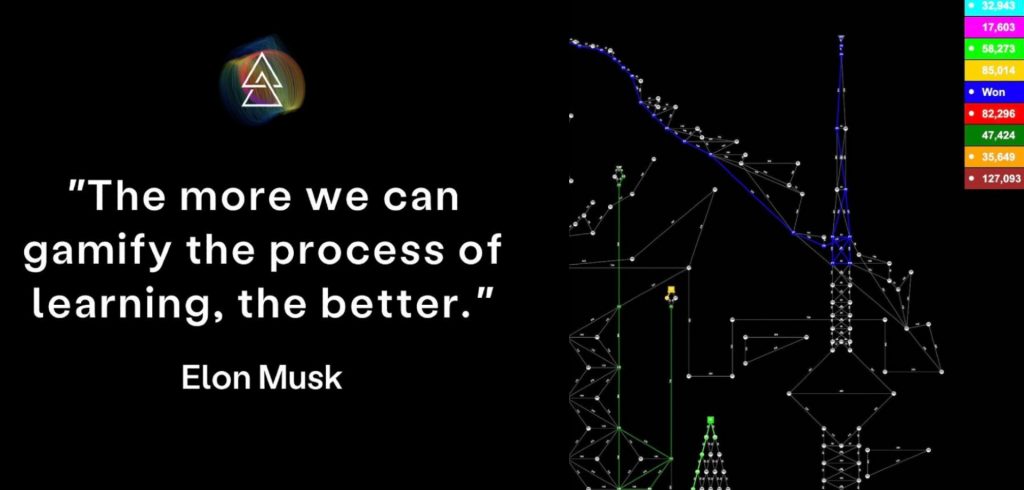
“There’s no wrong answers and there’s no grades. It’s all about seeing how you think,” Bogart said. She explained that Synthesis didn’t teach kids through rote memorization or focus on grades and teaching to the test. It focused more on critical thinking, problem-solving, and teaching kids how to find or learn about the tools they need to solve complex issues.
“In regular school, an example would be, here are 50 different screwdrivers and you’re going to memorize the size and shape and handles and where they go on the board,” Bogart explained.
“The way that [it was being taught at Ad Astra] at the time was here’s the engine that’s broken and we need to fix it, but what do we do to get the casing off? Well, we use a screwdriver. And now you’ve made that connection.”
In Jessica Bogart’s cohort missions, she has been able to teach her kids concepts like the Network Effect or the Stag Hunt game theory. Right before her interview with Teslarati, Bogart taught her cohorts offensive and defensive strategies based on The Art of War by Sun Tzu.

Synthesis School already has cohorts from around the world, including Australia, England, India, Bahrain, and the United States. The enrichment club offers weekly classes for $180 a month and has plans to add more classes in the future.
It is a growing community dedicated to teaching children and young adults fundamental skills they will need to learn and thrive in life through games like Constellation. In Jessica Bogart’s words, Synthesis School helps kids “embrace the chaos.”
Given the global landscape of today, embracing the chaos of the world and having the ability to work through it, may just be what the doctor ordered.
For more information on Synthesis School, click here.
If you have a story share related to Elon Musk, Tesla, or any of his companies, we’d like to hear from you. Email us at tips@teslarati.com or reach out to me at maria@teslarati.com.

News
Tesla China delivery centers look packed as 2025 comes to a close
Needless to say, it appears that Tesla China seems intent on ending 2025 on a strong note.

Tesla’s delivery centers in China seem to be absolutely packed as the final days of 2025 wind down, with photos on social media showing delivery locations being filled wall-to-wall with vehicles waiting for their new owners.
Needless to say, it appears that Tesla China seems intent on ending 2025 on a strong note.
Full delivery center hints at year-end demand surge
A recent image from a Chinese delivery center posted by industry watcher @Tslachan on X revealed rows upon rows of freshly prepared Model Y and Model 3 units, some of which were adorned with red bows and teddy bears. Some customers also seem to be looking over their vehicles with Tesla delivery staff.
The images hint at a strong year-end push to clear inventory and deliver as many vehicles as possible. Interestingly enough, several Model Y L vehicles could be seen in the photos, hinting at the demand for the extended wheelbase-six seat variant of the best-selling all-electric crossover.
Strong demand in China
Consumer demand for the Model Y and Model 3 in China seems to be quite notable. This could be inferred from the estimated delivery dates for the Model 3 and Model Y, which have been extended to February 2026 for several variants. Apart from this, the Model Y and Model 3 also continue to rank well in China’s premium EV segment.
From January to November alone, the Model Y took China’s number one spot in the RMB 200,000-RMB 300,000 segment for electric vehicles, selling 359,463 units. The Model 3 sedan took third place, selling 172,392. This is quite impressive considering that both the Model Y and Model 3 are still priced at a premium compared to some of their rivals, such as the Xiaomi SU7 and YU7.
With delivery centers in December being quite busy, it does seem like Tesla China will end the year on a strong note once more.
News
Tesla Giga Berlin draws “red line” over IG Metall union’s 35-hour week demands
Factory manager André Thierig has drawn a “red line” against reducing Giga Berlin’s workweek to 35 hours, while highlighting that Tesla has actually increased its workers’ salaries more substantially than other carmakers in the country.

Tesla Giga Berlin has found itself in a new labor dispute in Germany, where union IG Metall is pushing for adoption of a collective agreement to boost wages and implement changes, such as a 35-hour workweek.
In a comment, Giga Berlin manager André Thierig drew a “red line” against reducing Giga Berlin’s workweek to 35 hours, while highlighting that Tesla has actually increased its workers’ salaries more substantially than other carmakers in the country.
Tesla factory manager’s “red line”
Tesla Germany is expected to hold a works council election in 2026, which André Thierig considers very important. As per the Giga Berlin plant manager, Giga Berlin’s plant expansion plans might be put on hold if the election favors the union. He also spoke against some of the changes that IG Metall is seeking to implement in the factory, like a 35-hour week, as noted in an rbb24 report.
“The discussion about a 35-hour week is a red line for me. We will not cross it,” Theirig said.
“(The election) will determine whether we can continue our successful path in the future in an independent, flexible, and unbureaucratic manner. Personally, I cannot imagine that the decision-makers in the USA will continue to push ahead with the factory expansion if the election results favor IG Metall.”
Giga Berlin’s wage increase
IG Metall district manager Jan Otto told the German news agency DPA that without a collective agreement, Tesla’s wages remain significantly below levels at other German car factories. He noted the company excuses this by referencing its lowest pay grade, but added: “The two lowest pay grades are not even used in car factories.”
In response, Tesla noted that it has raised the wages of Gigafactory Berlin’s workers more than their German competitors. Thierig noted that with a collective agreement, Giga Berlin’s workers would have seen a 2% wage increase this year. But thanks to Tesla not being unionized, Gigafactory Berlin workers were able to receive a 4% increase, as noted in a CarUp report.
“There was a wage increase of 2% this year in the current collective agreement. Because we are in a different economic situation than the industry as a whole, we were able to double the wages – by 4%. Since production started, this corresponds to a wage increase of more than 25% in less than four years,” Thierig stated.
News
Tesla is seeing a lot of momentum from young Koreans in their 20s-30s: report
From January to November, young buyers purchased over 21,000 Teslas, putting it far ahead of fellow imported rivals like BMW and Mercedes-Benz.

Tesla has captured the hearts of South Korea’s 20s-30s demographic, emerging as the group’s top-selling imported car brand in 2025. From January to November, young buyers purchased over 21,000 Teslas, putting it far ahead of fellow imported rivals like BMW and Mercedes-Benz.
Industry experts cited by The Economist attributed this “Tesla frenzy” to fandom culture, where buyers prioritize the brand over traditional car attributes, similar to snapping up the latest iPhone.
Model Y dominates among young buyers
Data from the Korea Imported Automobile Association showed that Tesla sold 21,757 vehicles to the 20s-30s demographic through November, compared to BMW’s 13,666 and Mercedes-Benz’s 6,983. The Model Y led the list overwhelmingly, with variants like the standard and Long Range models topping purchases for both young men and women.
Young men bought around 16,000 Teslas, mostly Model Y (over 15,000 units), followed by Model 3. Young women followed a similar pattern, favoring Model Y (3,888 units) and Model 3 (1,083 units). The Cybertruck saw minimal sales in this group.
The Model Y’s appeal lies in its family-friendly SUV design, 400-500 km range, quick acceleration, and spacious cargo, which is ideal for commuting and leisure. The Model 3, on the other hand, serves as an accessible entry point with lower pricing, which is valuable considering the country’s EV subsidies.
The Tesla boom
Experts described Tesla’s popularity as “fandom culture,” where young buyers embrace the brand despite criticisms from skeptics. Professor Lee Ho-geun called Tesla a “typical early adopter brand,” comparing purchases to iPhones.
Professor Kim Pil-soo noted that young people view Tesla more as a gadget than a car, and they are likely drawn by marketing, subsidies, and perceived value. They also tend to overlook news of numerous recalls, which are mostly over-the-air software updates, and controversies tied to the company.
Tesla’s position as Korea’s top import for 2025 seems secured. As noted by the publication, Tesla’s December sales figures have not been reported yet, but market analysts have suggested that Tesla has all but secured the top spot among the country’s imported cars this year.








